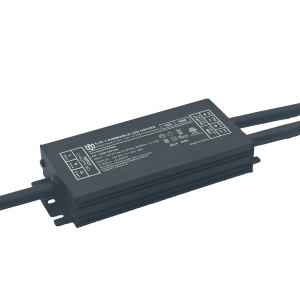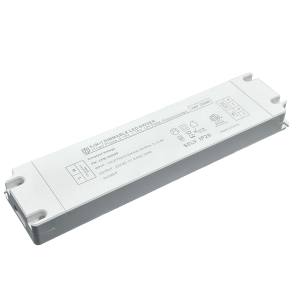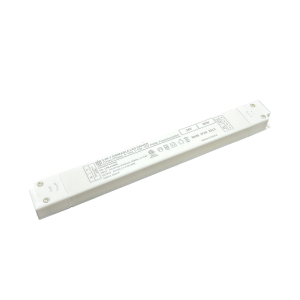A New Choice for Green Energy Savings: Triac Dimming Drivers Powering Low-Carbon Living
Unlocking Potential: The Rise of Triac Dimming Technology
Traditional lighting systems waste staggering amounts of electricity—up to 40% gets lost as heat in outdated fixtures. Enter triac dimming drivers, game-changers that modulate power delivery using pulsed phase control. Unlike crude on/off switches, these intelligent modules adjust brightness seamlessly while slashing active wattage by 30–70%. For homeowners and facility managers alike, this means immediate kilowatt savings without compromising illumination quality. Modern iterations even support app connectivity for real-time monitoring.
How Precision Dimming Fuels Sustainability
Every percentage drop in brightness correlates directly to reduced grid demand. Take commercial spaces like warehouses or offices: retrofitting existing fluorescent arrays with triac-compatible LED strips lowers annual consumption by thousands of kWh. Crucially, the technology eliminates “phantom loads” common in legacy dimmers—where standby mode still drew juice. Case studies show hospitals cutting HVAC strain too; dimmer lights generate less thermal gain, easing AC workload during peak summer hours. It’s a compound effect amplifying sustainability gains across building ecosystems.
Bridging Comfort and Conscience Through Smart Control
User experience matters most for adoption. Today’s triac systems offer flicker-free transitions between settings (warm ambient glow to task lighting) via intuitive interfaces—wall panels, voice assistants, or occupancy sensors. Restaurants create mood dining zones dynamically; museums protect sensitive artworks with UV-filtered low intensities. And because dimming extends bulb lifespan from 25k to 50k hours, replacement frequency plummets—further shrinking e-waste footprints. This harmony between human needs and planetary health defines next-gen infrastructure.
Economic & Environmental Synergy in Action

Initial investment pays off rapidly. A mid-sized retail store replacing 200 old fixtures saves ~$8,000 yearly on utilities after installing triac drivers. Government incentives now cover up to half these costs in EU countries pushing net-zero targets. Manufacturers respond with compact designs fitting standard junction boxes, making upgrades barrier-free. When paired with renewable sources like rooftop solar panels, buildings achieve true energy autonomy—producing clean power daytime then drawing stored reserves at night under intelligent dimming protocols.
Tomorrow’s Standard Starts Today
As global regulations tighten (EU Ecodesign Directive mandates <0.5W standby power post-2027), triac adoption accelerates. Emerging trends include bidirectional communication hubs feeding building management systems data analytics—predictive maintenance alerts prevent outages before they occur. For architects designing net-positive structures, specifying triac-ready wiring becomes as fundamental as reinforced concrete foundations. After all, what begins as an efficiency tool evolves into the backbone of resilient communities powered entirely by renewables. The path forward is brilliantly clear—and brilliantly efficient.
 A New Benchmark in Energy Sav
A New Benchmark in Energy Sav
 The Future Outlook for Triac
The Future Outlook for Triac
 The Application Advantages of
The Application Advantages of
 Innovative Design + Outstandi
Innovative Design + Outstandi
